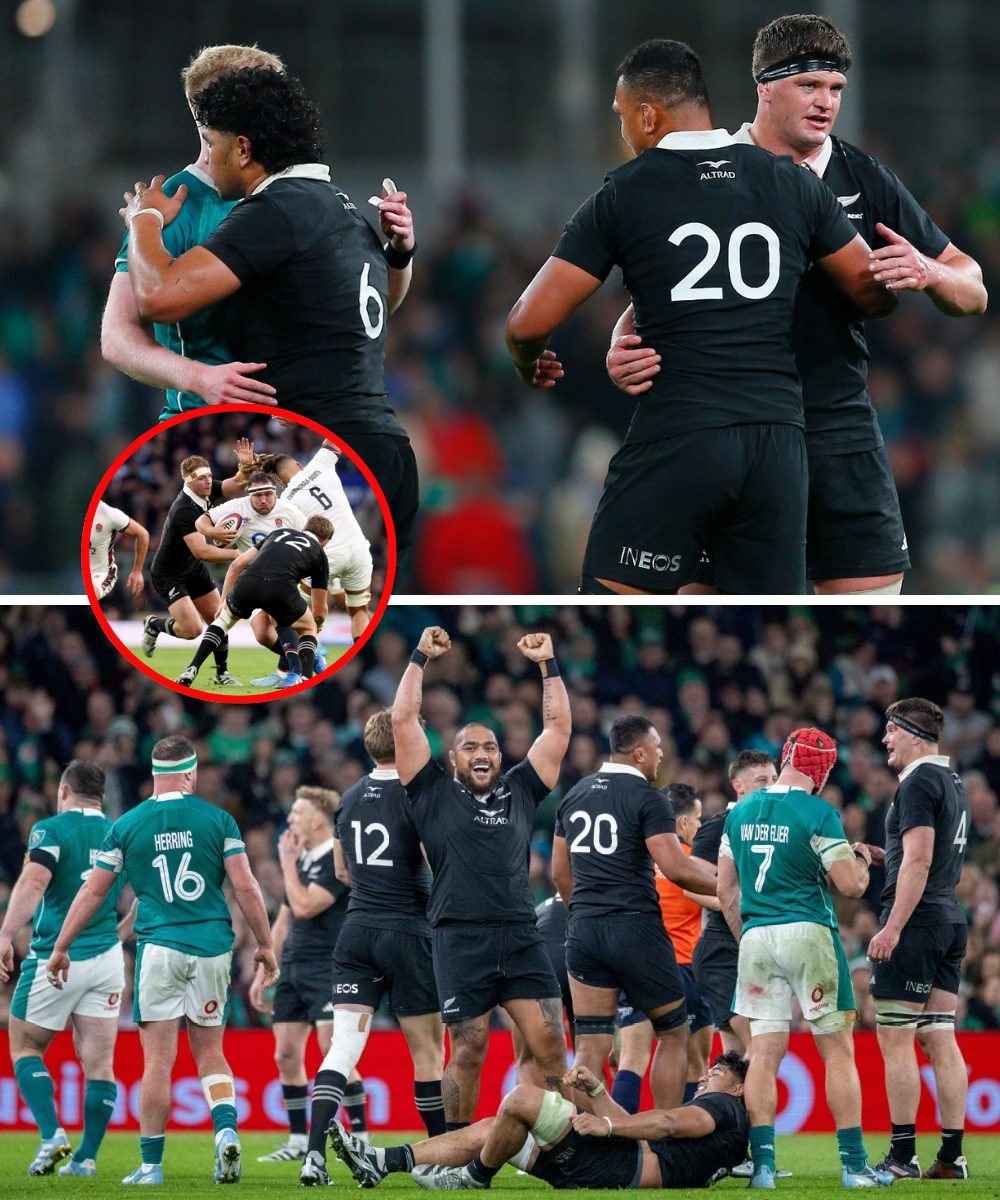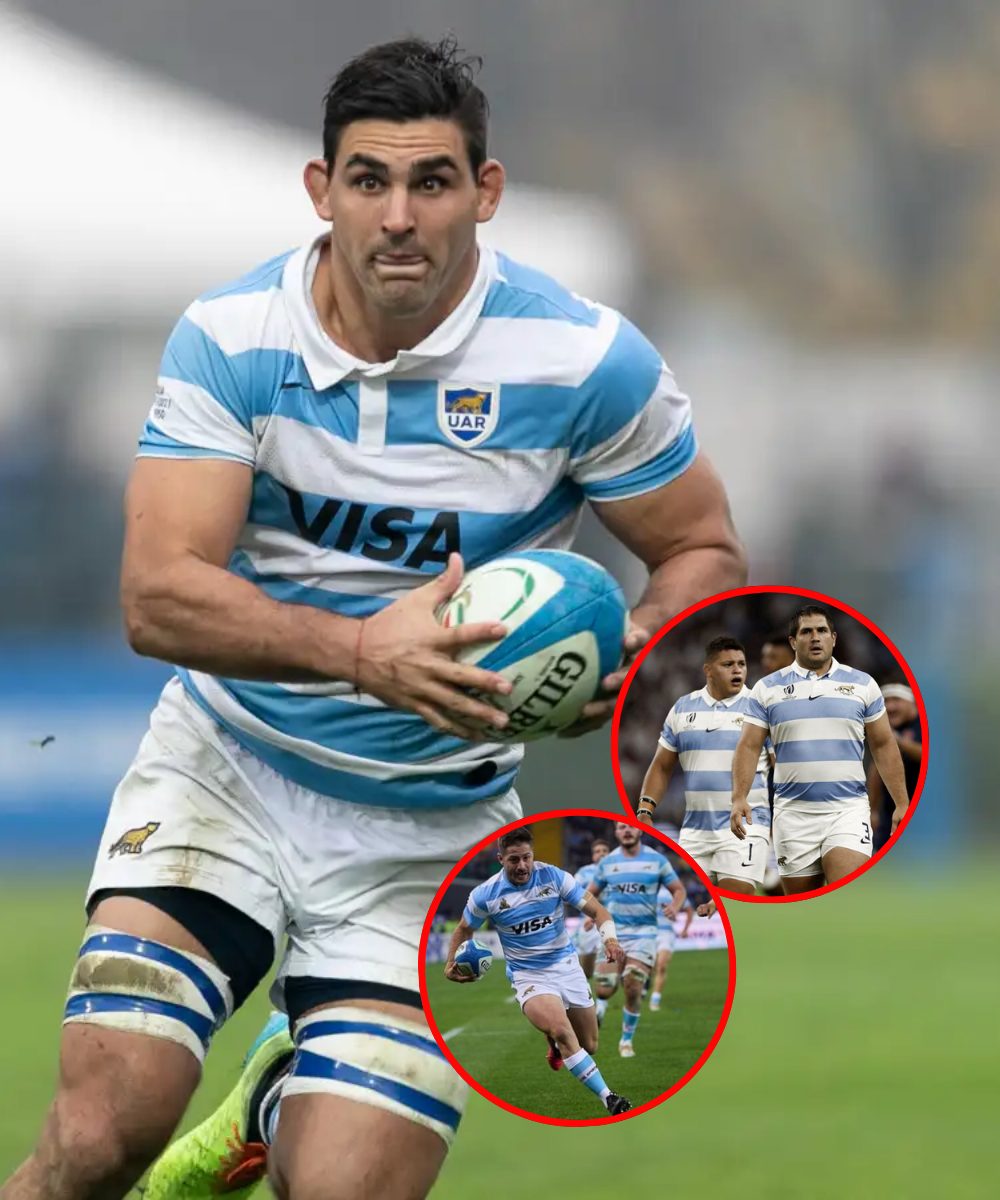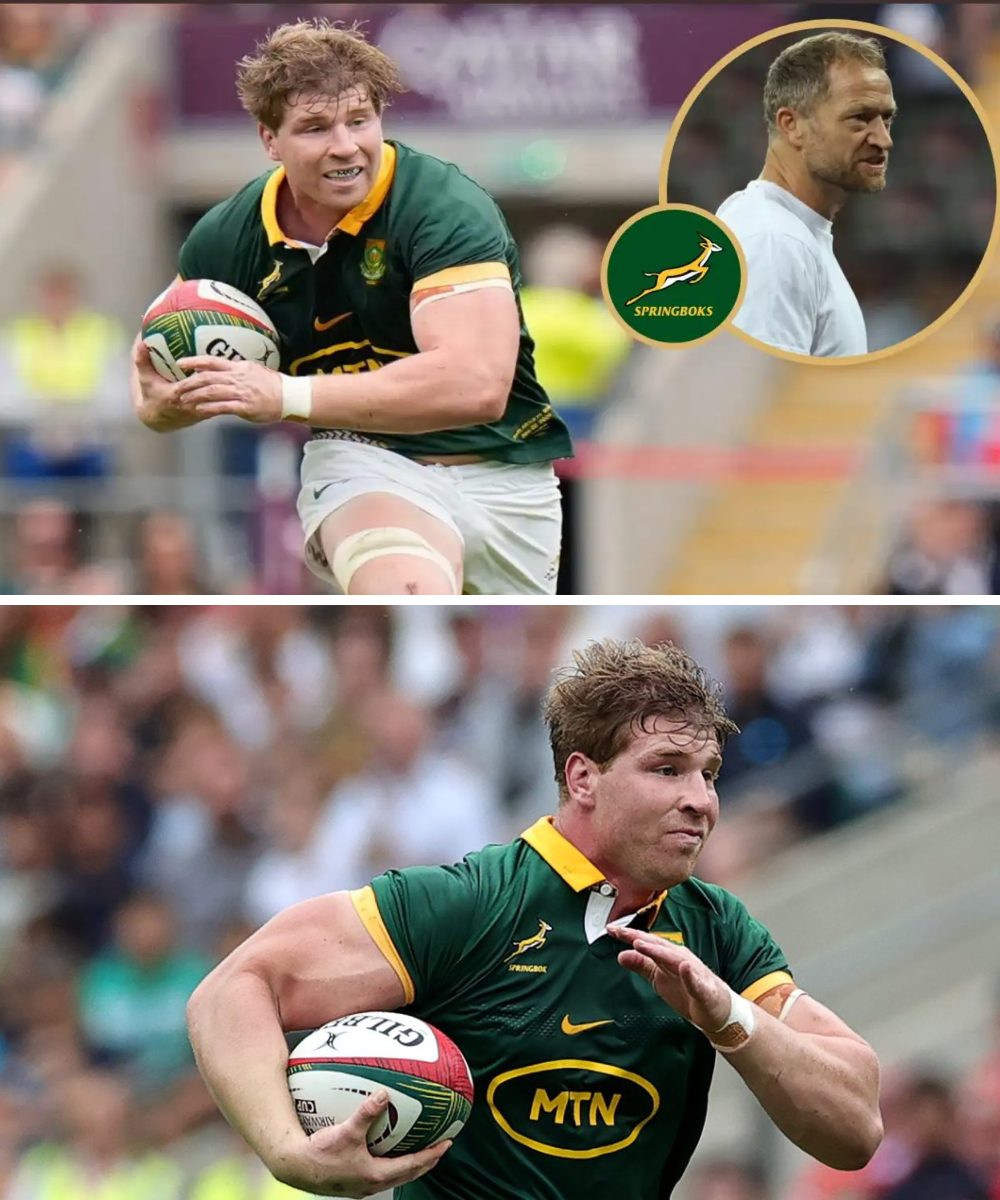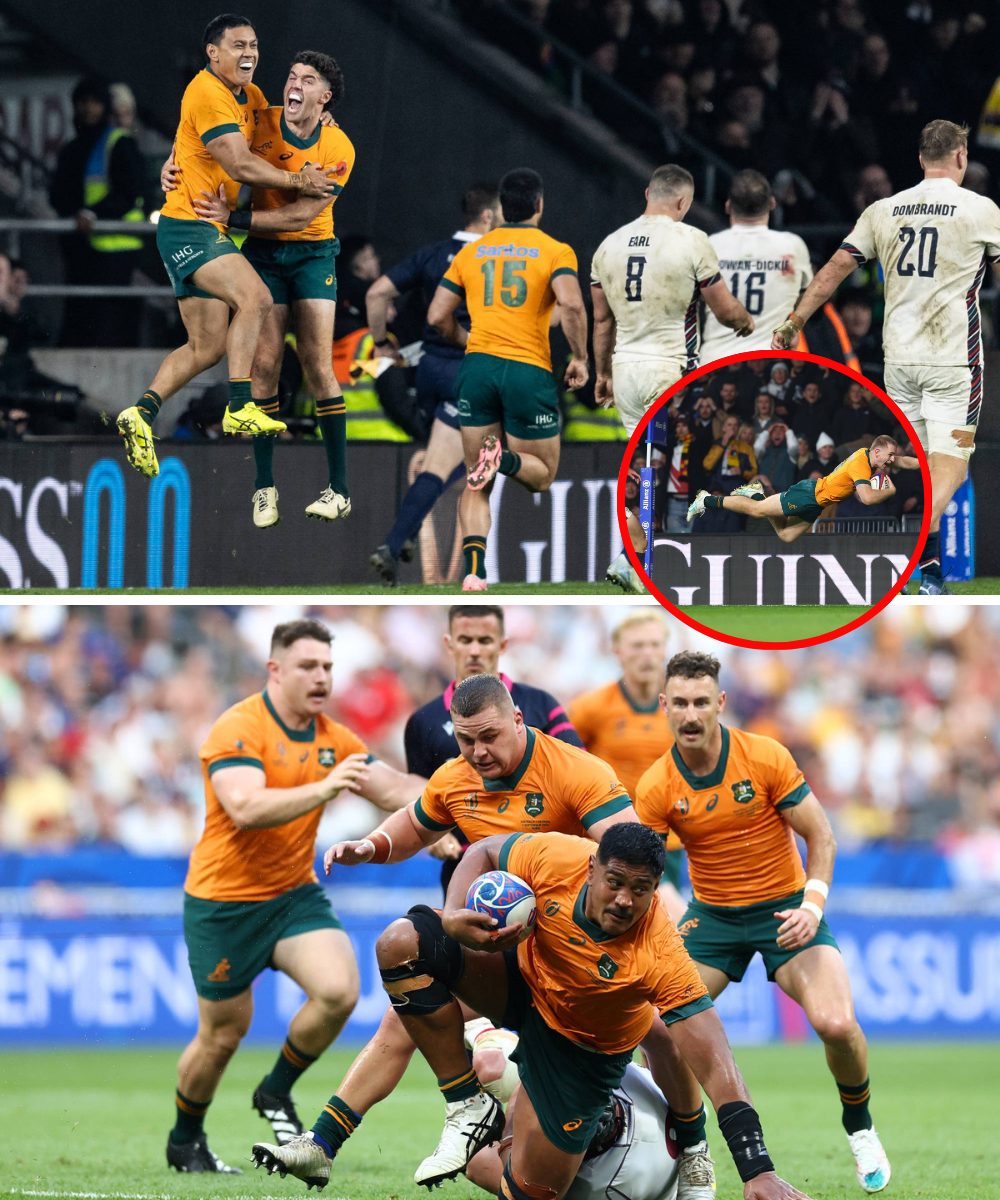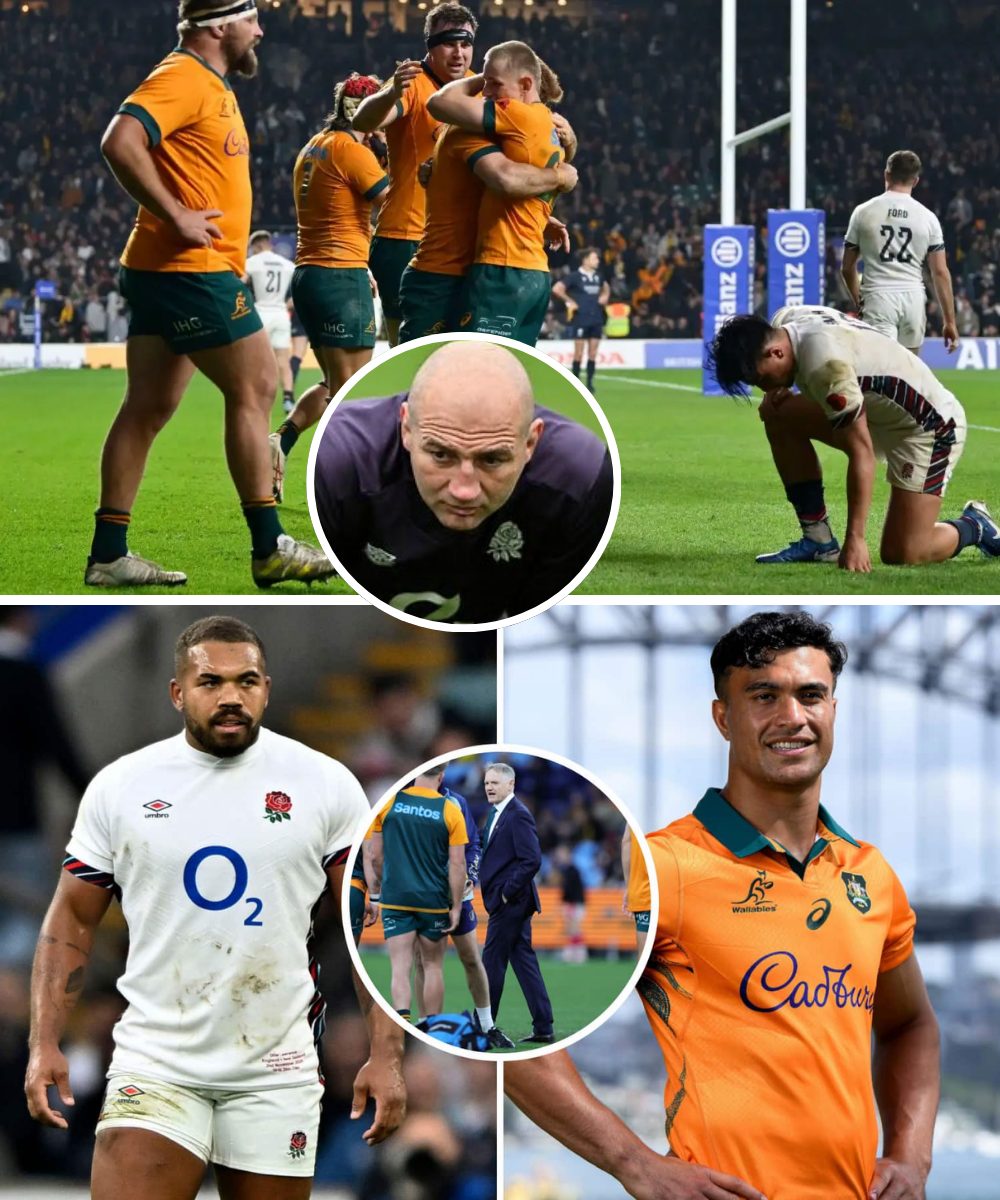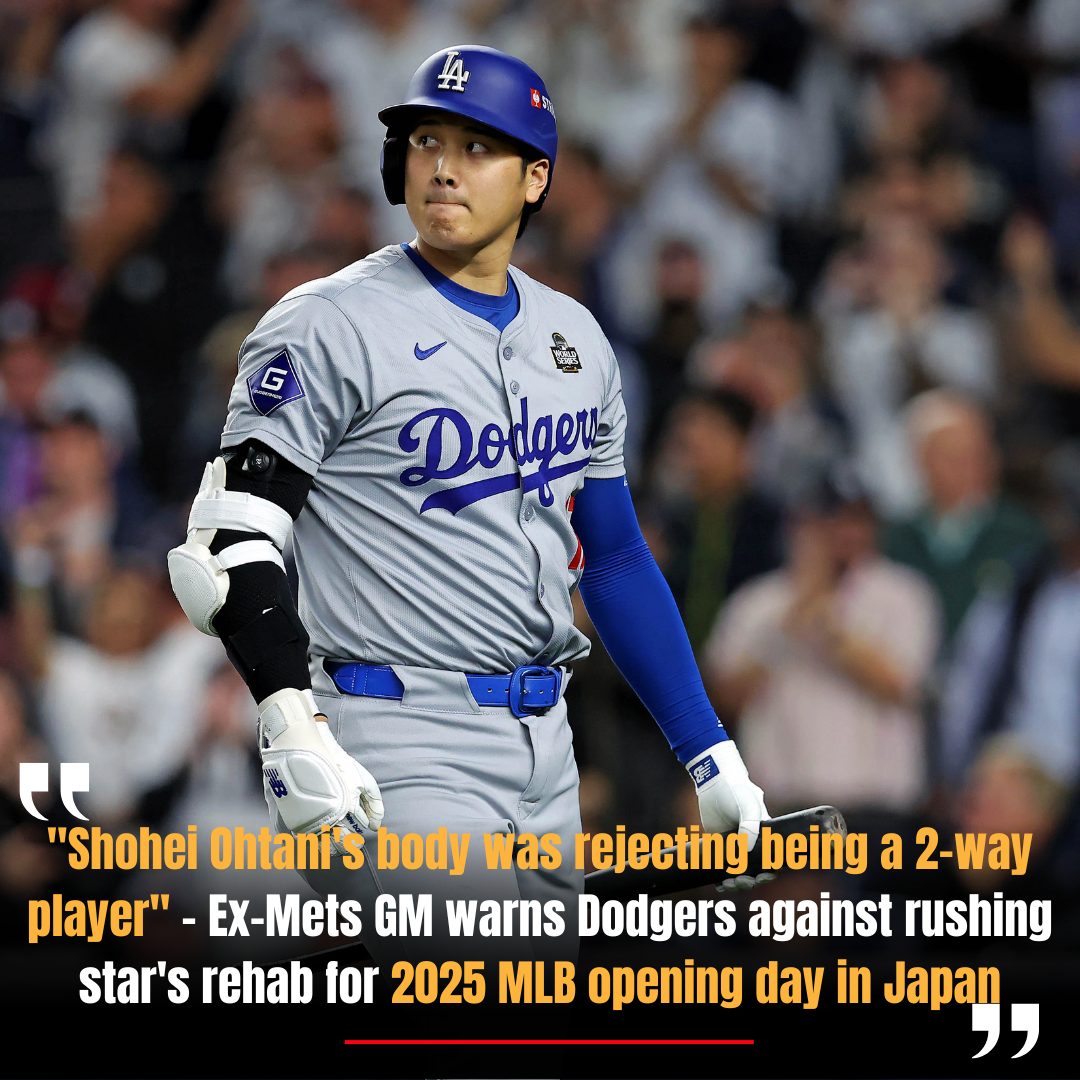Are the Angels cursed?
The question was posed to manager Phil Nevin after a game on Sept. 7. It was a rare win, one that snapped the second of three six-game losing streaks since the start of August. But a win marred by the loss of their hottest hitter, Luis Rengifo, who tore his bicep while swinging in the on-deck circle.
It would have been fair at times this season to feel as though a curse were the only explanation for this team’s woes. How else does a year that began full of optimism and hope crater this way? How else could it be that six years of Shohei Ohtani and Mike Trout as teammates will end without one winning season?

“Whatever you believe in, I suppose,” Nevin said of the alleged hex. “Some weird things have happened.”
But blaming a curse would absolve the Angels of their shortcomings. It would take away responsibility for the low point the franchise has reached: With the presumptive AL MVP Ohtani perhaps gone as a free agent, and an eighth consecutive losing season wrapped up last weekend. The team hasn’t been in the postseason since 2014.
The Angels front office and ownership have consistently believed they’re close to making the playoffs, that the failures have been a result of some misfortune.
“We don’t feel like we’re that far away — we don’t,” Angels GM Perry Minasian said after his club’s 73-89 finish last season. “I think we’re closer than what our record might show to competing.”
The Angels enter the final weekend of this season with a record of 71-88. Injuries have hurt. But they’re still no closer to competing than a season ago.
The Athletic spoke with 17 current and former employees and players with the organization, in an effort to better understand why the Angels have not been able to build better teams around their superstars. The consensus was that under owner Arte Moreno, the organization has not spent at the levels of its competitors in critical areas throughout the franchise, beyond just player payroll. And that this frugality is at the heart of the team’s failures.
“The margins are so small between failure and success in baseball,” said former Angels pitcher C.J. Wilson, speaking broadly about the Angels’ lack of spending. “It could be a 10- or 15-game swing in the standings from just taking care of those ancillary situations.”
 Over six seasons with Trout and Ohtani under contract, the Angels put up a 399-468 record. (Steph Chambers / Getty Images)
Over six seasons with Trout and Ohtani under contract, the Angels put up a 399-468 record. (Steph Chambers / Getty Images)
From player development to scouting to alumni relations, to technology upgrades and spring-training facilities, the Angels are said to be operating a step behind, hampering the major-league club.
“They’re a typical small-market team,” said a former Angels coach at both the major- and minor-league level. “I say ‘small market.’ I know it’s not a small market. But the way the Angels go about it, it’s generally small market.”
Requests for interviews with Moreno and team president John Carpino were declined, though Carpino emailed a statement after he was sent questions by The Athletic.
“Each organization takes a different approach to their baseball operations and player development efforts, we are no different,” Carpino wrote. “We are constantly reflecting on the lessons learned throughout the course of a season and will continue to make adjustments with the intent of strengthening all aspects of our organization. Every investment we make at both the Major League and Minor League levels is done with the with the primary focus of putting a winning team on the field and driving towards the Championship that our fans and players deserve.”
Player development is the lifeblood of any franchise because it provides a flow of inexpensive players, everyone from fill-ins for injured stars — like, say, Trout — to the nightly supporting cast. But the Angels have long struggled to advance their young players.
Only three homegrown players have been named an All-Star for the Angels in the last decade: Trout, Jared Walsh and Erick Aybar. The Astros have nine. The Dodgers have 10. The Cardinals have 11.
Moreno, who bought the team in 2003 just after it won its first and only World Series, told reporters in spring training that he has always given his management group “basically an unlimited budget to try and build our minor-league system.”
Evidence suggests that’s not the case.
 Arte Moreno considered selling the team before this season, but ultimately decided against it. (Kyodo News)
Arte Moreno considered selling the team before this season, but ultimately decided against it. (Kyodo News)
At a time when other large-market teams had already moved aggressively to aid technological training and evaluation aids to their organization, the Angels were lagging behind. In 2019, the team brought in advanced pitching and hitting equipment such as Edgertronic cameras, Rapsodo machines and K-Vests, multiple former coaches said.
“Before 2019, we didn’t have anything at all,” said a longtime former coach in the Angels system. “No technology. Bullpens were thrown without any technology. … We were very outdated as an organization. We were years behind other organizations.”
Roughly half of MLB’s 30 teams have established dedicated pitching or hitting labs, according to published reports, and these kinds of advanced facilities are even spreading throughout the collegiate level. One of the better pitching labs in the country is at Wake Forest University. It cost the school about $12 million to create, and allows players and staff alike to hone in on granular areas for improvement — be it a release point, a grip on a certain pitch, or many other details that might lead to improvement.
“Why wouldn’t you get all hooked up to see what fits best for you?” Braves All-Star third-baseman Austin Riley told The Athletic in spring about the Braves’ hitting lab. “I feel like the best hitters are always trying to find that little bit of an edge.”
The Angels have neither hitting nor pitching labs.
Player development takes place at both the major league and minor-league level; the Angels’ past treatment of minor leaguers has been at the minimum standard, according to multiple minor leaguers that spoke to The Athletic in 2021 and 2022. Players were unable to afford housing or a proper diet, all while crammed into small apartments, sharing beds with teammates.
While MLB implemented rules and the unionization of minor league baseball has created improved living standards, the Angels have rarely appeared to extend themselves beyond the minimum requirements.
In May of last season, a group that later became the MiLB Players Association reported that the Angels were just one of three teams that did not offer pay at extended spring training and did not offer solo bedrooms for players at affiliates.
The dearth of resources extends to other areas, ones far outside baseball operations.
In most every instance, it’s difficult to know how well the Angels or any MLB team pays its employees, since that information rarely is publicized. Player salaries are known, but for most other positions the pay is typically kept quiet.
A California law enacted in 2023 that requires wage listings on all job postings, however, gives at least one point of comparison, showing how various teams pay for a job that they all regularly advertise for: security.
Per listings reviewed by The Athletic on the Angels’ official job recruiting website, the base pay for a security guard position at Angel Stadium is $15.50 per hour, which is minimum wage in the state of California. The posting notes opportunities for small increases.
But other venues across the state — and most if not all of the Angels’ peers — exceed the minimum. For example, job listings indicate the Dodgers pay between $16.58-19.48 per hour. The A’s venue pays $16.30 per hour. The San Jose Sharks pay part-time security starting at $20.15 an hour. Crypto.com Arena pays $19.50 an hour. The Los Angeles Coliseum pays $17.25. Even the American Hockey League’s Coachella Valley Firebirds’ venue pays $18 an hour. Teams and facilities across the state consistently pay at a higher level than the Angels for the same work.
In baseball operations, team officials recognize that the number of people the Angels employ, compared to their peers, also stands out on the low end. While team consultants are not always listed in publicly available directories, those within the organization say their overall operation is quite small.
Per their annual media guide, the Angels have 43 people in the department in 2023. That includes the general manager/front office, all the leaders of the scouting departments, player development heads, analysts, clubhouse managers, the traveling secretary and video coordinator.
The Dodgers, meanwhile, had 79 people in their baseball operations department in 2023, per a review of their online directory. This accounts for a more populated front office and analytical department, as well as several positions that the Angels don’t have listed, and also do not appear to carry with a comparable title.
The Rays have a 13-person performance-science department, a division that utilizes biomechanics, physiology, and other scientific disciplines to improve athletic outcomes. The Angels had one person listed as a director of performance integration. The Guardians had four assistant GMs; the Angels had one. Both the Rays and Guardians play in smaller markets than the Angels.
The size of scouting departments, in particular, can vary, as teams employ different strategies for evaluating players outside their organization. But beyond the acquisition of Shohei Ohtani, the Angels have had limited success scouting international markets, and in particular, international amateurs. (Ohtani was, of course, a professional player in Japan.)
The Angels have only had four of their international signees play more than one game on their active roster over the last three seasons — Ohtani, Jaime Barria, Oliver Ortega and José Suarez. The Astros have seven this year alone.
The Angels’ international scouting group is composed of 20 people total. Having a small department could contribute to good players slipping by, a former Angels employee said. The Yankees, for example, have 42 people in their international scouting department, per their media guide. The Giants have 35. These numbers can vary across teams, but 20 is on the low end.
“The teams that do it well have a ton of scouts,” said the former Angels employee. “(Those teams) do a hell of a job. They just go sit on guys. They go every day, get 4-to-8 at-bats on a kid, and log it. And over time, you’ve got 200 at-bats on a prospect. And another team only has 20 at-bats. So you can make a much better decision.”
The Angels do not have a scout situated on the Pacific Rim; having one is customary across the league. Much of the work to land Ohtani was done by other front-office officials. They still do not have a scout in the area, despite having six years of evidence that there’s potential to acquire quality players.
The Angels’ overall scouting corps was so thinned due to furloughs, and subsequent layoffs, during COVID-19, that some were temporarily asked to do crossover work in different areas, according to persons with knowledge of the scouting operations. International amateur scouts, for example, were called on to do the U.S. amateur scouting work.
Those scouting corps remain thin to this day.
It depends on the team, but spring training is sometimes divided into two groups who use different facilities entirely: the major leaguers and the minor leaguers. For the last three springs, Angels major leaguers have trained at the facility intended for minor-league use, because of planned renovations on the Tempe, Ariz.-based big-league facility. (As of this spring, those renovations still had not begun.)
“It’s the oldest and worst facility in Arizona,” said a former Angels official, echoing current Angels officials. “I would imagine it’s probably the worst in all of spring training.”
Major-league and minor-league camps are usually in the same complex or general vicinity. Not with the Angels. Hosting MLB camp on the minor-league side created a trickle-down effect: minor leaguers have been training at an old San Francisco Giants venue in Scottsdale, which is also not a high-quality venue and is located miles from the Tempe complex.
That might sound bad, but Wilson maintains that in some ways, life at Angels spring training actually used to be worse. In August, Wilson tweeted that the team didn’t provide breakfast for players one year during the first week of spring training. There was also no standard indoor weight-room facility available at the time, a combined situation he called “f—— crazy.” Instead, three sources recalled how, for years during the 2010s, the spring weight room was “in a makeshift tent in the parking lot.”
The Angels now offer meals in spring training, and for all its flaws, the minor-league facility at least has an indoor weight room.
The Yankees, Mets, Dodgers, Red Sox and Cubs are all big-market teams that have finished a season beyond the luxury tax threshold in the last five years. Arte Moreno has not done so since his first season as owner.
It seemed, at the trade deadline this season, that would finally change. The team acquired players, added salary, and went over the first luxury-tax line, $233 million. Minasian, the GM, had often said the tax didn’t matter to his boss, despite years of evidence to the contrary.
Then came the losing. The nadir arrived Aug. 29, when the Angels were willing to give away seven players for nothing besides salary relief, via waivers. Five were claimed. Then they placed Max Stassi — dealing with a family matter all season — on the restricted list, which removed him from the payroll.
Moreno was one of four owners who voted against raising the luxury tax during the lockout in 2022. Historically, Moreno has effectively treated the lowest tier of the tax as a cap for his own spending, and the team’s moves over the last month have underscored that approach.
Matt Thaiss, for example, was activated off the injured list when he was still unable to catch due to his shoulder injury. He hasn’t appeared in a game since Sept. 13. But having Thaiss on the IL and a minor-league player called up in his place would have added marginally to payroll. They didn’t take that approach every time, but people within the organization say the front office remains cognizant of where it stands in relation to the luxury tax. And though it appears they’re actively working to be below it at season’s end, there’s a very real chance they do not finish below the threshold.
Some in the organization now worry that this aggressive push to shed salary will impact the team’s ability to sign free agents moving forward.
This most recent push to save money, however, seemingly fits within a pattern of frugality that can be seen throughout the organization.
The Angels’ only World Series championship came in 2002. Last June, the organization invited players from that team to return to Angel Stadium for a ceremony. The Angels hyped up the event, which included a shirt giveaway. On a Wednesday night against the Royals, and with Ohtani scheduled to pitch, the Angels sold nearly 35,000 tickets, which was 15,000 more than the night before.
But the Angels did not pay for travel for those former players to attend the event, sources said, requiring them to foot the expense themselves if they wanted to be there.
Then there’s the Major-League radio broadcast, which is owned directly by the Angels, and has not traveled all season. Every other team but one has resumed full-time travel for their radio broadcasts. Moreno said in spring that it was a cost-cutting measure. The team also does not have a regular Spanish radio broadcast, despite playing in a heavily Spanish-speaking market.
Their past Spanish-language broadcaster made just $350 per game.
On Sept. 15, a bone-dry water jug plastered with the number 17 could be seen lying in the trash can near Ohtani’s suddenly cleared-out locker. The player himself was nowhere to be found, and would not appear in another game for the Angels this year.
That scene followed another ugly but ultimately meaningless loss, an 11-2 drubbing by the Tigers. Defeats like this had diminished the club’s playoff hopes day by day for the last six weeks — though the Angels, at this point, were long past anything resembling hope.
The Angels spent the year desperately trying to win before Ohtani’s contract expired. They took decisive actions like adding to payroll, cutting ties with underperforming players on expensive contracts and calling up rookies with minimal experience. But as the season wound down, all that was left of that effort was a packed duffle in front of a locker and an empty bottle in the trash.
The Angels enter the offseason with an uncertain future and a belief that it will be different next year. That’s the way Moreno has always operated. He’s overseen three managerial changes in the last five years. He’s had five GMs.
“People like to focus on the investments that we made that didn’t work out,” Moreno said in spring when asked if he takes responsibility for the losing. “They forget about investments that we made that did work out. You look at a (Vladimir) Guerrero, you look at a (Bartolo) Colon. You look at a Torii Hunter.”
But it’s been 15 years or more since those three players joined the Angels. For many of those who have worked for Moreno in the years since, they’ll tell you that good investments — the kind that don’t make headlines, but that differentiate winning organizations from losing franchises — have been few and far between.
“Everyone in that organization knows that you’re going to be nickel and dimed,” said one former Angels employee. “The overwhelming perception that I got was that winning games was not the top concern from (ownership). It’s ‘How can we make at least one penny more than we did the year before?’”
